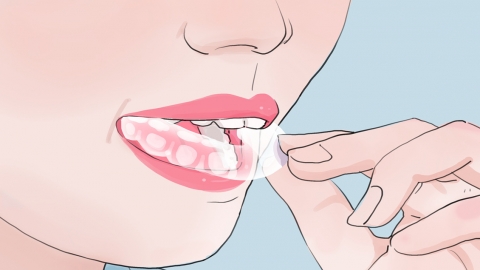Can orthodontic treatment improve protruding teeth?
Generally, whether orthodontic treatment can improve protruding mouth depends on the specific cause of the protrusion. If considering dental correction, it is recommended to first consult a professional orthodontist. The detailed analysis is as follows:

If the protrusion is due to dental factors—such as misaligned teeth or excessive forward positioning of the front teeth—with normal alveolar bone development, orthodontic treatment can usually effectively improve the condition. During the correction process, the dentist uses appliances like braces to adjust tooth positions, retracting the protruding teeth backward to restore proper alignment and occlusion. This improves the appearance of a protruding mouth and results in a more harmonious facial profile.
If the protrusion is caused by skeletal factors—such as abnormal development of the upper or lower jaw—orthodontics alone may have limited effectiveness. In such cases, the root cause lies in the jawbone structure, and simply adjusting the teeth cannot resolve the underlying skeletal issue. A combination of orthognathic surgery and orthodontic treatment may be required: surgical correction of jaw position followed by orthodontic adjustment of the bite to achieve optimal improvement in the protruding appearance.
Prior to beginning orthodontic treatment, a comprehensive evaluation should be conducted at a reputable dental facility, including oral CT scans and cephalometric X-rays, to determine the cause and severity of the protrusion. Based on the diagnostic results, patients should have thorough discussions with their doctor to develop an appropriate treatment plan. During treatment, regular follow-up visits as prescribed are essential, along with diligent oral hygiene and avoiding hard or sticky foods that could damage braces or harm teeth. After completing treatment, retainers must be worn as directed to maintain the results and prevent relapse.





